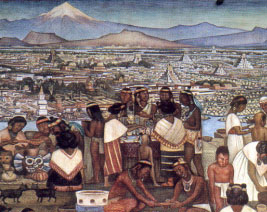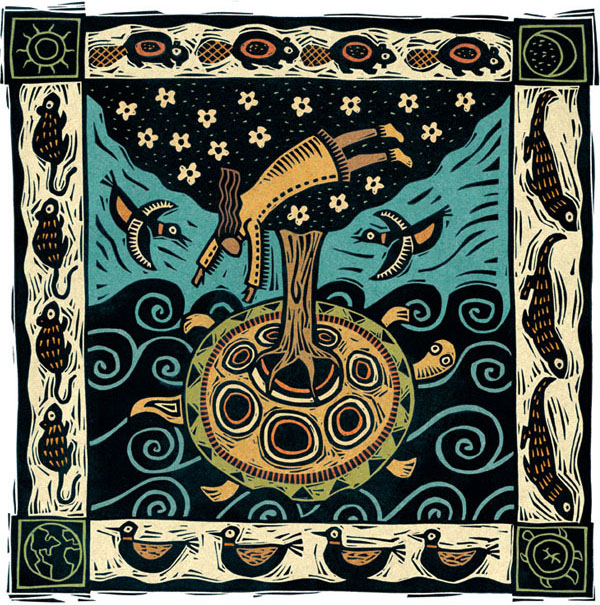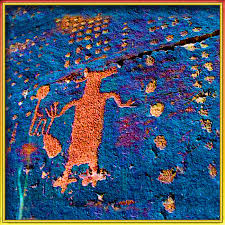MONDAY: “Speech to the Virginia Convention” Progress Check
OBJECTIVE: After reading, annotating, and discussing Patrick Henry’s “Speech to the Virginia Convention”, students will be able to complete a progress check that reveals evidence of their ability to : 1.) identify authors’ purpose , claim and use of parallel structure, loaded words, and the rhetorical triangle 2.) explain how these early writers’ views of human nature influenced American identity and political thought.
Essential Question: How did authors of Early American speeches such as Patrick Henry view HUMAN NATURE? How did these thinkers use the Aristotelian Triangle to clearly communicate their message about human nature? How did his views influence the United States of America as a political and cultural entity?
HANDOUTS: Learning Scales
TUESDAY: “Speech to the Virginia Convention” Progress Check REVISION
Unit Goal: In a TIMED WRITE ESSAY, SWBAT describe how Early American texts and genres explored and communicated views of human nature through the use of the rhetorical triangle, imagery, and figurative language.
OBJECTIVE: After reading, annotating, and discussing Patrick Henry’s “Speech to the Virginia Convention”, students will be able to assess and revise a progress check that reveals evidence of their ability to : 1.) identify authors’ purpose , claim and use of parallel structure, loaded words, and the rhetorical triangle 2.) explain how these early writers’ views of human nature influenced American identity and political thought.
Essential Question: How did authors of Early American speeches such as Patrick Henry view HUMAN NATURE? How did these thinkers use the Aristotelian Triangle to clearly communicate their message about human nature? How did his views influence the United States of America as a political and cultural entity?
HANDOUTS: Progress Check Revision Learning Scales
WEDNESDAY: Philosophical Chairs Prep (Late Start)
Unit Goal: In a TIMED WRITE ESSAY, SWBAT describe how Early American texts and genres explored and communicated views of human nature through the use of the rhetorical triangle, imagery, and figurative language.
Objective: By reflecting and discussing Early American values and philosophical ideas, students will be able to explain how these early writers’ views of human nature influenced American identity and political thought.
Handouts: Philosophical Chairs Presentation, Philosophical Chairs
Homework: Notebooks due 10.23, QUARTER Final 11.4
THURSDAY: Philosophical Chairs Prep
Unit Goal: In a TIMED WRITE ESSAY, SWBAT describe how Early American texts and genres explored and communicated views of human nature through the use of the rhetorical triangle, imagery, and figurative language.
Objective: By reflecting and discussing Early American values and philosophical ideas, students will be able to explain how these early writers’ views of human nature influenced American identity and political thought.
Handouts: Philosophical Chairs Presentation, Philosophical Chairs
Homework: Notebooks due 10.23, QUARTER Final 11.4
FRIDAY: Unit Review Graffiti Wall
Unit Goal: In a TIMED WRITE ESSAY, SWBAT describe how Early American texts and genres explored and communicated views of human nature through the use of the rhetorical triangle, imagery, and figurative language.
Objective: By reviewing terms, writers, and reflecting and discussing Early American values and philosophical ideas, students will be able to explain how these early writers’ views of human nature influenced American identity and political thought.
Handouts: Graffiti Wall
Homework: NOTEBOOKS DUE TODAY!
 MONDAY: ARCHETYPES in Native American Oral Narratives
MONDAY: ARCHETYPES in Native American Oral Narratives TUESDAY: ARCHETYPES in “The Sky Tree” & “Coyote Finishes His Work” Coffeehouse Discussion
TUESDAY: ARCHETYPES in “The Sky Tree” & “Coyote Finishes His Work” Coffeehouse Discussion THURSDAY: NATIVE AMERICAN ORAL NARRATIVES PROGRESS CHECK
THURSDAY: NATIVE AMERICAN ORAL NARRATIVES PROGRESS CHECK